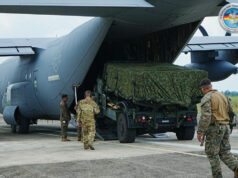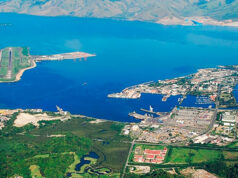
THE NUMBER of bike users in the metropolitan capital and other major cities of the Philippines has declined by about 44,000 due to unsafe road conditions and poor cycling infrastructure, the Mobility Awards advocacy group revealed on Monday.
Releasing the results of its June-July Bilang Siklista survey, the group said the number of cyclists declined to 147,800, from 191,578 in 2022.
The poll was conducted by 817 volunteers across the 17 cities (10 in Metro Manila and seven in the provinces) during the four-hour peak time in the morning and afternoon on seven different weekdays in June and July.
“The decline in the number of cyclists have been attributed by volunteers (pollsters) to unsafe road conditions, including deteriorating conditions of bike lanes and encroachment of motorists in designated bike lanes,” Mobility Awards said as it called on authorities to improve the state of bike lanes in the country.
It also cited the easing of COVID-19 restrictions on public transport and the “continuous rains that poured on the days of the count.”
Interestingly, the group noted that there had been an increase in the number of cyclists in Quezon City and Mandaue City, which it attributed to “consistent improvements in their bike lane infrastructure and programs.”
It said there are persistent disparities in cyclist demographics, with females comprising only 4% of the total cyclists.
“We encourage other cities and local governments to systematically count all road users, not only motorized vehicles, but also cyclists and pedestrians,” it said. “This should be an integral part of cities’ transport and infrastructure monitoring systems that would better inform their local transport and investment planning.”
A survey released by the Social Weather Stations (SWS) earlier this year showed that one out of three households in the Philippines own at least one bicycle.
The Metropolitan Manila Development Authority (MMDA) also released the results of a year-long bike count they conducted in 2022, where over 1.7 million bicycle trips were recorded along Ortigas Avenue, Quirino Highway, and Commonwealth Avenue.
“Manual counts, such as Bilang Siklista, are not perfect data collection tools, and can be further complemented by smart technologies already available,” the group said. “Cities can always mobilize the power of their own citizens and volunteers to help generate data, especially if manpower resources are missing.” — Kyle Aristophere T. Atienza



